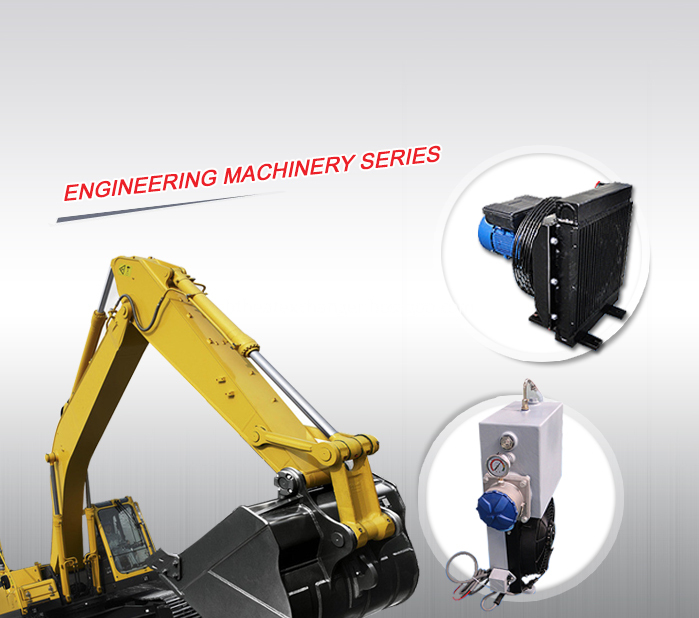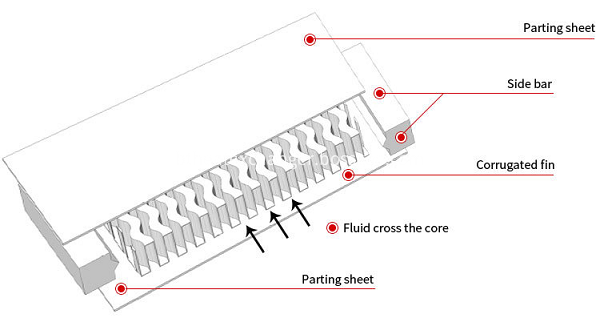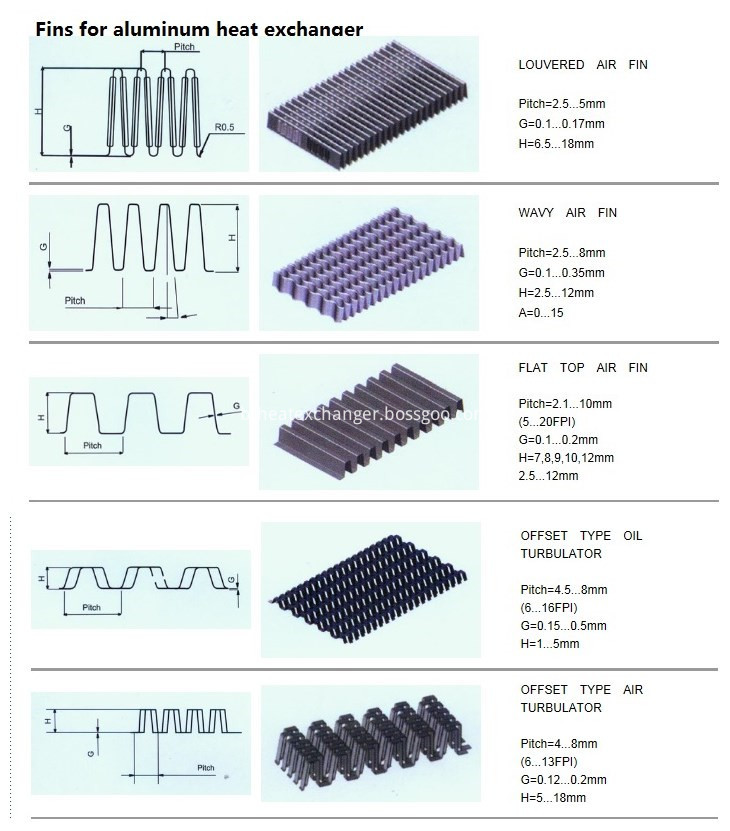There are four items for evaluating the filtration work performance: filter cake moisture, filtrate cleanliness, filter productivity and power consumption. These four indicators are technical and economic indicators for filtering operations. The technical and economic indicators for improving the filtration operation are mainly related to the area of ​​the filter, the pressure difference between the two sides of the filter medium, the nature of the filtered slurry and the nature of the filter medium itself. The impact of these factors on the filtration process is now analyzed as follows:
(1) Filtration properties of the slurry The properties of the slurry include the concentration of the slurry, the temperature of the slurry, the particle size composition of the solid material in the slurry, and the influence of the flotation agent contained in the slurry.
The large concentration of the slurry is advantageous for filtration, and the productivity of the filter increases within a certain range as the concentration of the slurry increases. Tests have shown that when the slurry concentration is increased from 20% to 60%, the productivity of the filter will increase by 20 times and the moisture content of the filter cake will decrease by about 1/2. Therefore, in the production, the concentration of the filtered slurry should be increased as much as possible to increase the productivity of the filter. The concentration of the filtered slurry should be increased as much as possible in order to increase the productivity of the filter and reduce the moisture of the filter cake. The pulp concentration is generally required to be greater than 40%.
As the temperature of the slurry rises, the viscosity decreases, which speeds up the filtration and increases the productivity of the filter. In order to improve the filtration of fine materials, in recent years, some foreign beneficiation plant has adopted the method of high-temperature steam filtration.
The particle size of the solid material in the slurry has a great influence on the filtration. The coarse-grained material has large porosity due to its formation of the filter cake, and the filter cake has small resistance, which is favorable for the passage of the filtrate, the productivity of the filter is high, and the moisture of the filter cake is low. When the fine-grain slurry is filtered, it tends to clog the pores, which makes filtration difficult and reduces the productivity of the filter.
The particle size composition of the slurry has a great influence on the filtration. If the fine particle size is large, the filterability is poor. In order to improve the filterability, it is possible to increase the productivity of the filter by adding a coarse material to change the particle size characteristics under possible conditions.
In production practice, in order to solve the difficulty of filtering fine particles, a filter aid or a coagulant may be added to improve the filtration efficiency. The addition of a coagulant can increase the thickness of the filter cake and increase productivity, but does not reduce the moisture of the filter cake.
As for the effect of flotation agent filtration, the flotation agent tends to reduce the filterability of the slurry, but it also improves the filterability. Therefore, the effect of the agent on the filtration should be judged according to the specific situation.
(2) Properties of the filter cake The greater the porosity of the filter cake, the lower the moisture content of the filter cake. The porosity of the filter cake is related to the particle size and particle size composition of the filter material.
The resistance of the filter cake affects the filtration rate. The porosity, thickness and pulp viscosity of the filter cake determine the resistance of the filter cake. The filtration rate of the filter is inversely proportional to the resistance of the filter cake. Therefore, in the filtration operation, it is necessary to keep the thickness of each part of the filter cake layer uniform, so that the filter cake resistance distribution is uniform, which is beneficial to the filtration process.
In addition, the filter cake is prevented from cracking during filtration, which reduces the vacuum of the filter chamber and reduces the pressure difference between the two sides of the filter medium, thereby reducing the productivity of the filter. The cracking phenomenon is caused by wrinkles when the filter cake shrinks. There are many solutions, such as speeding up the filter, so that the resulting filter cake is thinner and has a lower moisture content.
The thickness of the filter cake is determined by the concentration of the slurry, the time during which the cylindrical filtration zone is submerged in the slurry (related to the rotational speed), and the degree of vacuum of the filter.
In the filtration operation, in order to achieve higher productivity, the concentration of the filtered slurry should be made larger. The longer the total filtration time (filtration cycle), the greater the immersion depth, the longer the filter cake is produced, and the thicker the filter cake, but the slower the filter cake increases. Therefore, excessively prolonging the filtration time will reduce productivity. In the production, the filtration cycle should be appropriate, and the proportion of time for each filtration stage, that is, the generation of the filter cake, the suction of the filter cake, the removal of the filter cake, and the cleaning of the filter cloth, should be reasonable.
(3) Pressure difference and vacuum Generally speaking, the finer the particle size of the material in the slurry, the greater the vacuum. However, when the degree of vacuum is too high, it will increase the consumption of electric energy and filter cloth, and even reduce the filtering effect. In production practice, refinery concentrates are filtered for fines. The degree of vacuum by the filter is 33320.5 Pa (250 mm mercury column, 1 mm Hg = 1 mm Hg = 133.322 Pa, the same below) starts. For flotation concentrates with higher mud content, the vacuum can sometimes be as high as 700 mm mercury column.
In general, the filtration rate is proportional to the pressure difference, but if plasticity containing colloidal substances (such as iron hydroxide), an increase in pressure differential will reduce the porosity of the cake, but slow down the filter. For filtration with fine pulp, increasing the pressure difference tends to block the fiber pores of the filter cloth and also reduce the filtration speed. Therefore, for the filtration of fine mud slurry, it is better to use a smaller degree of vacuum, as long as this vacuum can ensure the required speed of the filtrate and contribute to a certain water content, and can also be filtered with a thin layer of filter cake. Properly extend the filtration time.
(4) Filter media Filter media is one of the important factors affecting the filtration effect. In order to improve the productivity of the filter, the filter medium should meet the following requirements: 1 to ensure a high recovery rate of the material to be filtered; 2 less resistance to filtration; 3 meet the requirements of a certain mechanical strength, durable; 4 not easy to block, Easy to clean; 5 easy to install and disassemble, and when filtering, the filter cake is thickened and can be firmly attached, and the filter cake is easy to be removed when it is removed; 6 the cost is low.
The filter medium may be a horizontally loose bed made of a granular solid material, or a naturally occurring porous plate such as diatomaceous earth or a porous plate made of a man-made material. Generally used in the concentrator are cotton and man-made fiber cloth.
During the filtration process, clogging of the filter cloth affects productivity. The reason why the filter cloth is clogged is on the one hand that the fine solid particles mechanically block the pores of the filter cloth; on the other hand, the precipitates formed by the chemical reaction (usually carbonate compounds and sulfuric acid compounds) are accumulated on the pile of the filter cloth. When the filter cloth is severely clogged and affects productivity, clean or replace the filter cloth. The precipitation of the carbonic acid compound can be carried out by using an acid solution, usually a hydrochloric acid solution having a concentration of 1% to 2%, to dissolve the carbonate. For sulfates and metal fine particles clogging the filter cloth obtained, general cleaning by mechanical means.
Aluminum plate&bar heat exchangers ( Air Cooler , oil cooler, Aluminum Oil Coolers, Water Cooler and Combi Coolers) have been widely applied
in all kinds of engineering machineries including concrete blender, concrete pump, crane, drilling Machinery,excavator,
loader, road roller etc.
Advantage:
Compact, Lightweight, High Efficient Heat Transfer
Application:
Concrete Blender Cooler
Concrete Pump Cooler
Crane Cooler
Drilling Machinery Cooler
Excavator Cooler
Loader Cooler
Road Roller Cooler
More


Material&Structure: Aluminum Plate-bar
Core : High strength, high heat conductivity,high safety coefficient.
Supersonic Cleaning: High efficiency,little corrosion to metal , few pollution.
Vacuum Brazing : Strict control of vacuum degree, temperature and time.
Argon Welding : Weld Gaps straight appearance , squamous uniform.
Test : Air tightessn test and Hydraulic Pressure
Fins: offset fin, straight fin, perforated fin, louvered fin, corrugated fin


FAQ
Q1:Could you customize oil cooler/Heat Exchanger?
We can manufacture plate-fin heat exchanger/oil cooler /intercooler according to your drawings or samples or parameter requirement.
Q2: I want to buy your products, how can I pay?
A :You can pay via T/T
Q3: How can you guarantee the quality?
A: One year's warranty against B/L date.
Q4: If we don`t find what we want on your website, what should we do?
A: You can email us the descriptions and pictures of the products you need, We will check whether we can make it.
Q5: Can we buy samples of each item for quality testing?
A: Yes, we understand quality test is important and we are glad to send the sample for quality testing.
Q6: What is the lead time?
A: Normal : Plate-fin heat exchanger for 2~3 weeks; Tube&fin or stacked layer coolers for 5 weeks. Exact time upon negotiation .
Aluminum Plate-Bar Heat Exchanger,Industrial Oil Coolers,Construction Machinery Cooler,Hydraulic Oil Cooler,Aluminum Oil Coolers
Wuxi Better Technology Co., Ltd , https://www.btheatexchanger.com